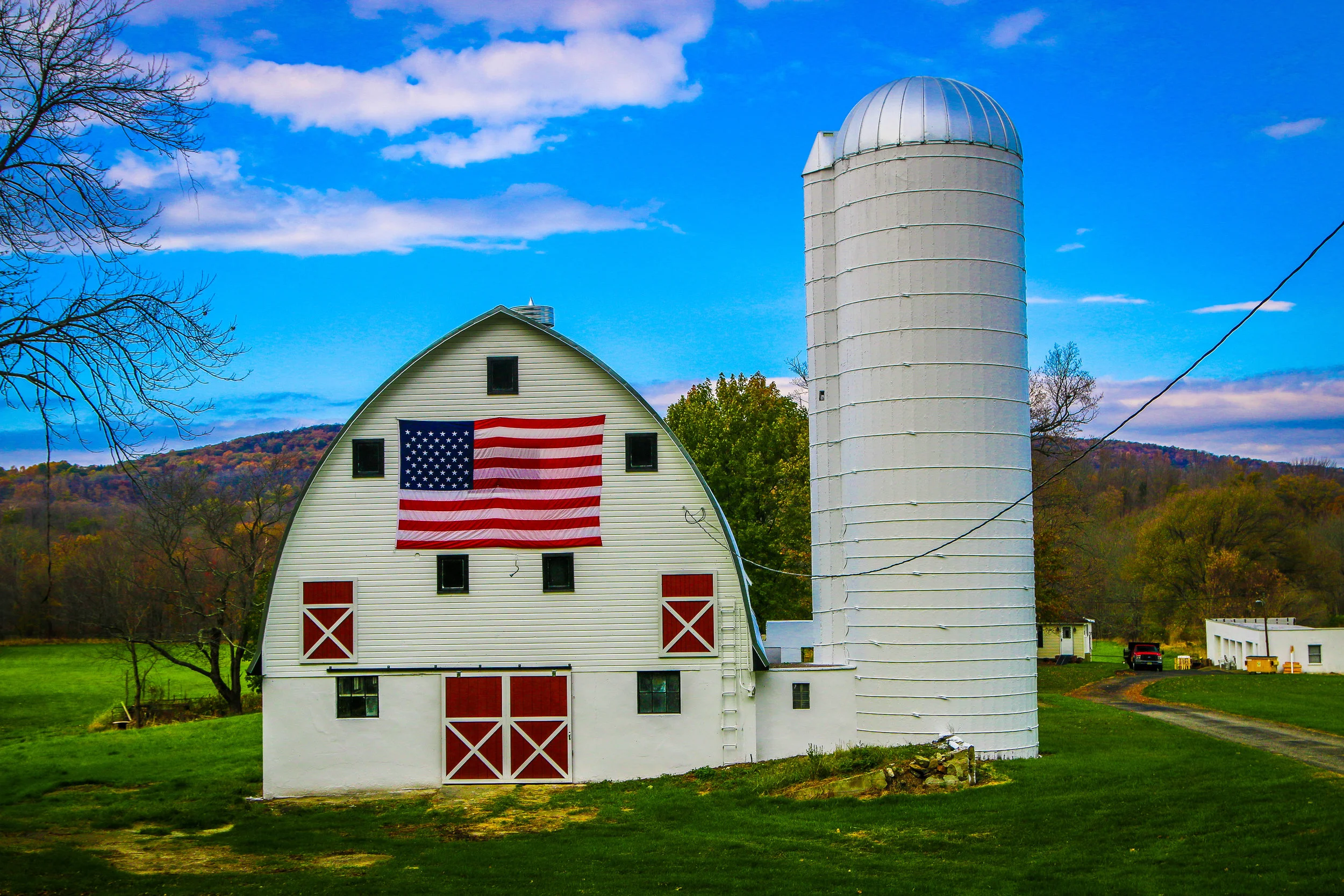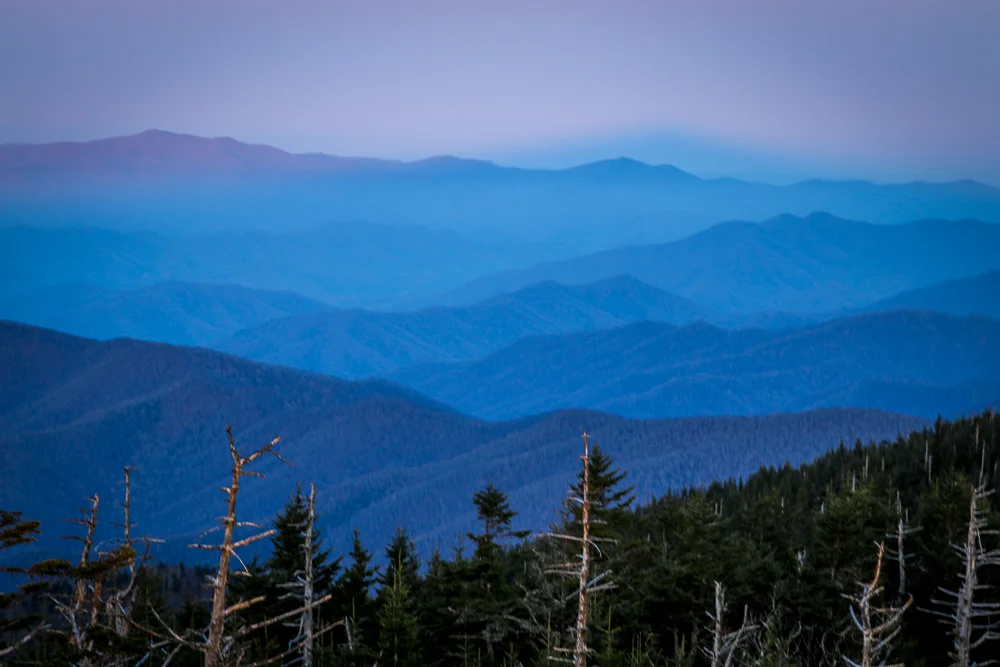Vitus Bering claimed Alaska for the Russian Empire in 1741 under orders from Tsar Peter the Great. Russia’s hold on Alaska would last until they sold the territory to the United States in 1867 and their primary focus was on the abundance of valuable furs found in Alaskan waters. The most enduring legacy of Russian culture in Alaska is the strong presence maintained by the Russian Orthodox Church in the state. This summer I had the pleasure to visit these four beautiful Russian Orthodox churches, three in the Kenai Peninsula and one in Anchorage. As someone born into and raised in the Russian Orthodox faith, I found it fascinating to visit these churches and I was thrilled (or, perhaps, blessed) to see them all on sunny days. I hope you enjoy my photos.
Viewing entries tagged
church
Columbus charmed me from the minute I arrived. It is a lovely, small city of about 25,000 located in eastern Mississippi on the Tombigbee River. Columbus, called The Friendly City, is the county seat of Lowndes County, and boasts one of the most beautiful county courthouses in the state. It forms one point of the “Golden Triangle” with nearby Starkville and West Point. Founded in 1819, Columbus has some wonderful historic homes, churches and businesses, and won the Great American Main Street Award in 2010. The town briefly served as the Mississippi State Capitol in 1863 when Union forces occupied Jackson. Nearby Columbus Air Force Base is the main driver of the city’s economy, but Columbus is also home to the Mississippi University for Women (called “The W” locally). Playwright Tennessee Williams was born in Columbus, and his birthplace now serves as both a hometown tribute to Williams, and the town’s Welcome Center. Catfish Alley, the city’s old African-American Business District was once a thriving community in which some of Mississippi’s great blues musicians played. Bukka White even wrote a song about the area in 1969 called Columbus Mississippi Blues.. Friendship Cemetery is one of several places in the country which claims the origin of our Memorial Day and has some beautiful and moving monuments and memorials.
Today, you’ll find a quiet and friendly city with some wonderful restaurants, beautiful antebellum homes and a classically Southern, Mississippian and American downtown. Highlights for me were definitely the Stephen D. Lee Home, the Tennessee Williams Birthplace, the cemetery, a stand-alone barber’s pole and just wandering the historic district and seeing the beautiful homes to be found there. I found Columbus to be welcoming and beautiful and really enjoyed my visit. My camera was also very busy during my stay, and I hope you enjoy these photos from my time in The Friendly City of the Black Prairies.
West Point, Mississippi is a pleasant, medium sized town in Clay County in the east-central part of the state. Perhaps best known as the hometown of legendary bluesman Chester “Howlin’ Wolf” Burnett, I found it to be a wonderful place to spend an afternoon. There are some beautiful old buildings, some delightful parks and some wonderful murals and artwork, all packed into a compact and walkable downtown area. Originally home to Choctaw and Chickasaw Indians, the French, Spanish and British also vied for control of the region. The town itself was originally laid out as a railroad town when the Mobile and Ohio Line came through in 1858. It would grow as part of the state’s Black Belt as cotton production became Alabama’s main industry. While I couldn’t find the origin of the name West Point (interesting to me because it’s in the east of the state), Clay County was named for the Great Compromiser, Kentucky’s Henry Clay. Because of the railroad, West Point was a strategic target during the Civil War, although the only real skirmish was a small one and occurred in 1864. November 2nd, 1909 was an exciting day in town when President William Howard Taft’s train pulled into the station and he addressed the townspeople from his rail car before heading on to Columbus.
When I visited West Point, I sadly found the Howlin’ Wolf Museum closed. While I waited for a call back from the man who runs it, I grabbed my camera and went for a wander. While I was there, the clouds cleared and I found a wonderful, clean, well-kept downtown with a distinctly small-town feel to it. I loved the City Hall building, City Park, the town’s stoic churches, the old Ritz Theater, some beautiful art projects scattered around town and some really cute small businesses on Main and Commerce Streets. While I never did get into the museum (they’re building a new one in a vacant storefront on Commerce Street), I’m still glad I stopped. There wasn’t much going on when I was there, and I was okay with that. A beautiful town on a sunny day is always something to write home about. Thanks for a wonderful visit, West Point; I hope to be back when the new museum is open for business.
During my month in Hawaii I had the pleasure of spending more time on the Big Island than anywhere else. It became my home base in the state and I really enjoyed exploring all the little off-the-beaten-path places as I made my way around. From the awesome Green Sand Beach near South Point to the breathtaking Waipi’o Valley in the far north, the Big Island has such a diverse landscape and personality. And best of all, there weren’t the big crowds I ran into on Maui and Oahu. It’s a relatively quiet little corner of paradise. I hope you enjoy these photos from my two and a half weeks exploring Hawaii’s Big Island. I can’t wait to go back!
Selma, Alabama is a stunning city. Rarely have I driven into a place on this whole journey where I have been more eager to jump out of my van and start taking photos. The downtown area is packed with historic buildings reminiscent of days gone by. The neighborhoods are full of old Victorian-era mansions that hark back to better days in the Queen City of the Black Belt. As in most of the Black Belt of Alabama, cotton was king during the antebellum period and Selma’s position right on the Alabama River made it a prime place for a thriving city. During the war, Selma was a major shipbuilding center and manufacturing town for the confederacy. The post-war years were difficult on Selma and race relations were strained way past the point of breaking as lynchings and intimidation were common occurrences. Selma became notorious during the Civil Rights Movement, especially on the topic of voting rights, and was the jumping off point for the Selma to Montgomery March. Driving or walking around Selma today, it is apparent that the city has seen better days. Buildings are crumbling and many of the old homes are boarded up and falling apart, but it doesn’t take a lot of imagination to picture what it once was. As in so many parts of the country, the economy in Selma is struggling and there aren’t enough jobs or money to go around. I hope for the best for the future of this beautiful city. You should definitely go for a visit, spend some time in the wonderful Selma to Montgomery National Historic Trail visitor center run by the National Park Service, walk across the Edmund Petus Bridge and then just go for a ramble and see what you can find. While at first glance you may think that “Queen City” is a bit grandiose, but the deeper you look the more appropriate you’ll find it. I hope you enjoy these photos from The Queen City of the Black Belt.
St. Francisville, Louisiana may be small, but it sure packs a big punch. This beautiful Southern town got its start way back in 1809. It was built on a hill overlooking the older French settlement of Bayou Sara, which was at one time the largest port on the Mississippi River between New Orleans and Memphis. For 74 days back in 1810, St. Francisville served as the capital city of the independent Republic of West Florida when it ousted its Spanish occupants before being annexed by the United States. In the years leading up to the Civil War, St. Francisville was the supply center and main town for surrounding plantations, perfectly situated for trade on a bluff high above the river. Today it contains a fascinating collection of antebellum, creole and Victorian homes, and some beautiful churches and businesses as well. I spent a lovely afternoon there, wandering the quiet streets and taking these photos. The few people I met on my stroll were remarkably pleasant and kept pointing me towards even more beautiful parts of town for me to shoot. The river has been high this year, and you’ll see a few photos at the end of the flooding in the area. St. Francisville is a wonderful escape from the big cities and offers a magical combination of small-town charm, fascinating history and delightful people. You should definitely put it on your list!
Our National Parks are our greatest treasure here in the United States. They are magical places which thankfully our forefathers had the foresight to set aside in perpetuity for their children and our children and their children. They preserve some of our most amazing landscapes and ecosystems and protect all manner of flora and fauna. From the Everglades in Florida to Denali in Alaska, even the names call forth wildness in our imaginations. Have no doubt, these are our lands, and if we want to keep them that way, we need to protect them. But most of all, we need to enjoy them. This is the second post in a series I have titled In Focus, which will take a look deeper into our National Parks. These are primarily photography posts, trying to show you the beauty of our parks and take you inside of them with me. My hope is that you will get out and see them for yourself. After all, they belong to you too.
I am a pretty typical American mutt. While all of my ancestry that I’m familiar with comes from somewhere in Europe, there is very little that I can identify with. I knew all four of my grandparents, and all four were pretty typically American, if that can be said of anyone. Even my grandmother on my mother’s side, who was actually born in Poland and immigrated to the U.S. as a child, spoke unaccented English and served me macaroni and cheese and sandwiches on Wonder Bread. It is from her mother though, my great-grandmother on my mother’s side, that I have some understanding of my Ukrainian background.
My great-grandmother escaped to Poland from the Ukraine, while pregnant with my grandmother, during the Bolshevik Revolution. She left behind a husband and a son, both of whom were killed under Stalin’s regime. When my grandmother was 5, they got on a boat to the new world. They sailed under the Statue of Liberty on their way to Ellis Island...









